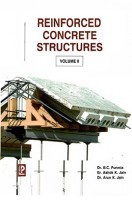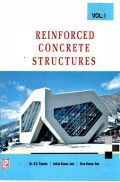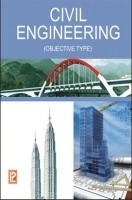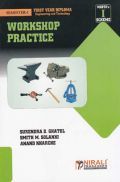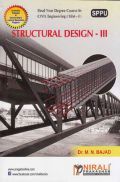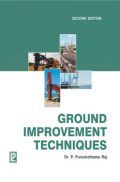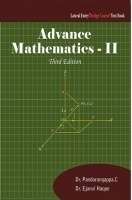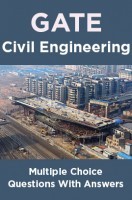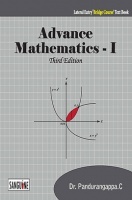Designed primarily as a text for the undergraduate students of civil engineering, this compact and well-organized text presents all the basic topics of reinforced concrete design in a comprehensive manner. The text conforms to the limit states design method as given in the latest revision of Indian Code of Practice for Plain and Reinforced Concrete, IS: 456 (2000).
This book covers the applications of design concepts and provides a wealth of state-of-the-art information on design aspects of wide variety of reinforced concrete structures. However, the emphasis is on modern design approach. The text attempts to:
Present simple, efficient and systematic procedures for evolving design of concrete structures.
Make available a large amount of field tested practical data in the appendices.
Provide time saving analysis and design aids in the form of tables and charts.
Cover a large number of worked-out practical design examples and problems in each chapter.
Emphasize on development of structural sense needed for proper detailing of steel for integrated action in various parts of the structure.
Besides students, practicing engineers and architects would find this text extremely useful.
CONTENTS: Preface. 1. Basic Principles of Reinforced Concrete Design. 2. Design of Staircases. 3. Design of Slabs. 4. Flat Slabs. 5. Yield Line Theory for Slabs. 6. Special Structural Elements. 7. Building Frames. 8. Design of Foundations. 9. Retaining Walls. 10. Water Tanks. AppendicesAI: Gravity Loads. AII: Seismic Loads. AIII: Wind Loads. B: Resultant Design Forces. C: Design Aids. D: Column-Interaction Curves. E: Steel PropertiesReinforcement. F: Units Conversion Factors. G: References. Index.








